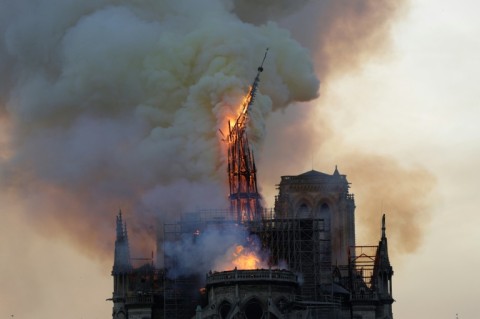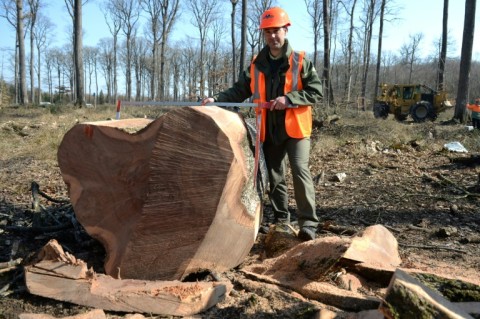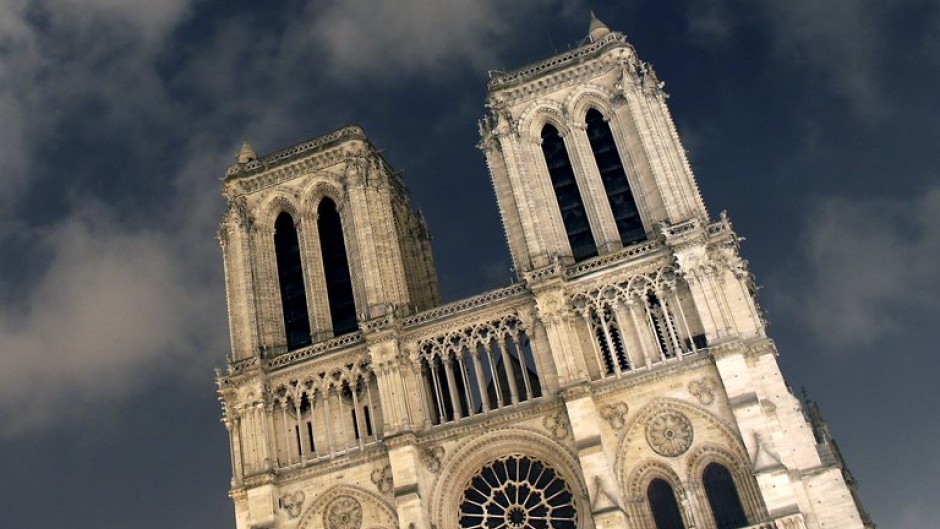PARIS - The Notre-Dame cathedral is Europe's most-visited historic monument, drawing some 12 to 14 million people each year.
Here are some lesser-known facts about the Gothic cathedral that is being painstakingly rebuilt after being partly engulfed by fire five years ago:
- One-time wine cellar -
In the 1790s, during the French Revolution, the cathedral was plundered and seized as public property.
Anti-clerical radicals attacked the facade, removing biblical statues and decapitating them in the cathedral's square, in acts reminiscent of the guillotining of King Louis XVI and Queen Marie Antoinette.
Over the next few years, before Napoleon crowned himself emperor there in 1804, the cathedral was used for a variety of purposes, including storing barrels of wine for the Revolutionary Army.
- Saved by a novel -
Salvation came in the form of a novel -- Victor Hugo's 1831 "The Hunchback of Notre-Dame".
The hugely popular novel triggered an outpouring of emotion among Parisians over the state of disrepair into which the cathedral had fallen, leading to a major restoration.
Between 1844 and 1865, it was revamped by architect Eugene Viollet-le-Duc, who added the spire that collapsed in the 2019 blaze.
- Modern monsters -
The fearsome-looking guardian-demons adorning the upper gallery of Notre-Dame's twin towers -- including a winged, horned creature cupping his head in his hands -- are relatively recent additions.

While the leering gargoyles that spout rainwater from their open mouths were there from the start for drainage, the chimeras, which are purely decorative monsters, are Viollet-le-Duc's inventions.
He was inspired by the work of renowned French caricaturist Honore Daumier as well as descriptions in Hugo's novel.
The gargoyles and chimeras mostly survived the 2019 blaze.
- Protest spire -
The image of the spire in flames crashing to the ground made front-page news around the world.
But it wasn't the first time the 96-metre steeple had grabbed headlines.

In January 1969, during the Vietnam War, Communist activists raised a North Vietnamese flag atop the spire after sabotaging the staircase leading up to it.
Firefighters needed a helicopter to remove the flag.
A chopper was needed again a few years later in October 1972 to remove another flag, this one hoisted by separatists from the northwestern French region of Brittany.
- 2,000 oaks -
One of the biggest losses in the 2019 fire was the medieval beamed roof known as the "forest", most of which dates from the early 1200s.

To rebuild the roof and spire the government ordered the felling of 2,000 oak trees.
Drones were used in some places to select mature oaks with long, straight trunks. After being cut, they were left to dry for between 12 and 19 months before being used in the restoration.

